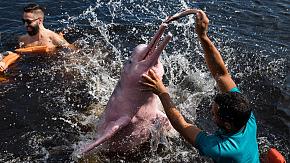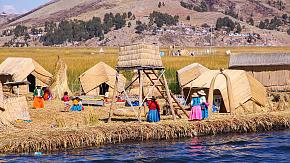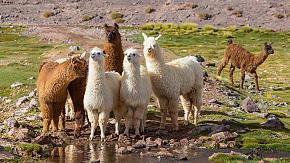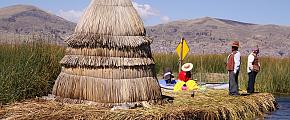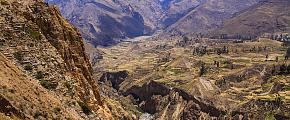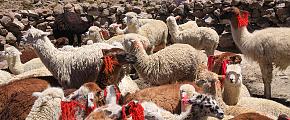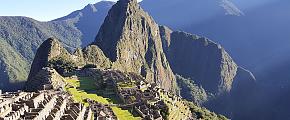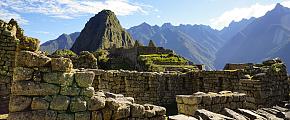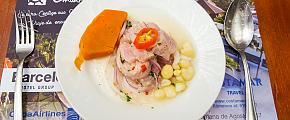Packing List for Traveling to Peru
Time to pack your bags for your unforgettable tour to Peru! Necessary travel documents, clothing and footwear for different needs, electronics, and hygiene products must be on your mind. So, what are the specific items you need to pack? Here are some suggestions. Read them carefully and start packing for your trip by considering your needs! With these considerations in hand, your trip to Peru is sure to be rewarding, safe, and memorable.
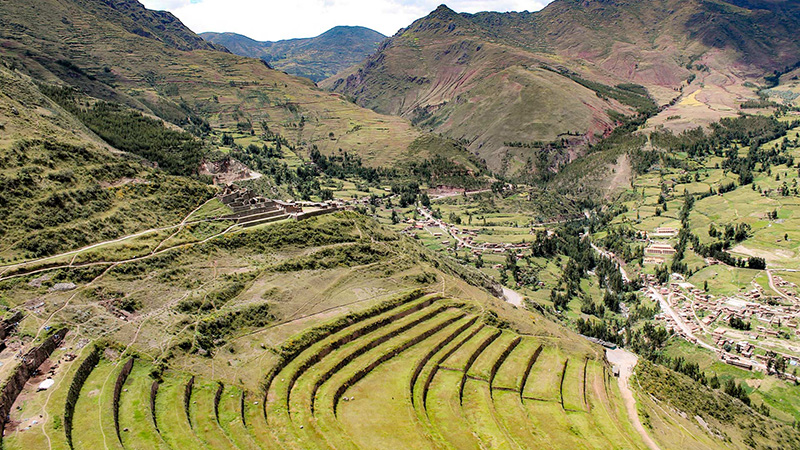 Sacred Valley, Cusco
Sacred Valley, Cusco
Checklist of Travelling Documents
Valid Passport
Before traveling, you'd better check that your passport validity meets the requirements of the Peruvian immigration authorities.
The Peruvian authorities have established a non-negotiable requirement of a passport valid for at least six months to enter Peru. In addition to this, the Peruvian authorities may require proof of return/transfer travel. Also, having a photocopy of your passport is very handy, as it allows you to have some form of proof of your identity, in the situation where your passport has been lost or stolen.
Valid Visa
A valid visa is always essential for traveling to Peru. Before you leave, it is recommended that you check the official Peru government website.
Travelers from the United Kingdom, the United States, New Zealand, Europe, and Canada, do not require a visa to enter Peru for tourism (with a stay of 183 days).
To apply for a visa, you can first schedule an appointment at the embassy to complete the visa application process and submit the necessary documents. These documents include the visa form, a valid passport, photographs, a travel itinerary, proof of funds, and possibly other sponsorship documents. Specific requirements can be found on the official website of the Peruvian authorities.
Health Insurance
Before you leave, it's a good idea to carry your proof of medical insurance with you, which should outline your coverage details and contact information in an emergency.
Flight Ticket
As one of the most essential travel items, the flight ticket should be carried with you. Once you have purchased the ticket, it is recommended to check that the personal information on your ticket and passport are the same before you leave, arrive at the airport early, check in at the airport counter or online. Remember, keep it safe, and do not lose it. Of course, you also have the option of using an e-ticket, which is better for the environment and more convenient.
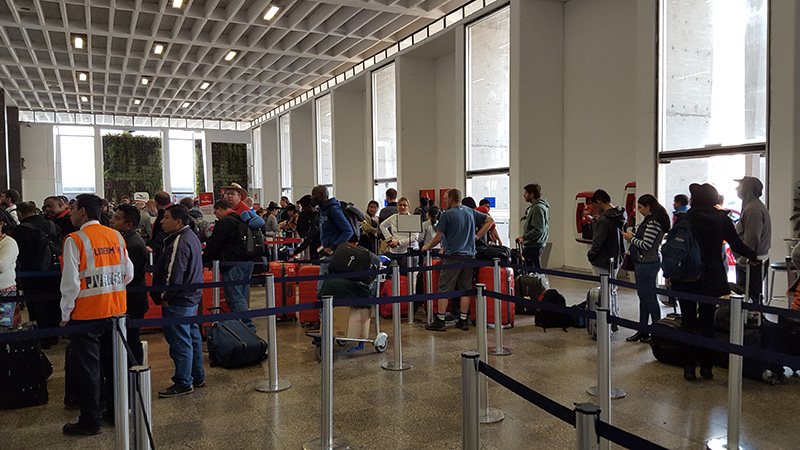 Cusco Airport
Cusco Airport
Debit card/Credit card
Most ATMs in Peru will not charge you a transaction fee for withdrawals, but if you use your own country's bank card to withdraw money from an ATM in Peru, your bank may charge you a fee for each withdrawal, usually between $5 and $10, and sometimes higher. Furthermore, your bank may also require you to pay an additional 1% to 3% transaction fee, considering that you are using your credit or debit card to withdraw money abroad (i.e., in Peru).
Luckily, you won't have to worry about having difficulty finding an ATM, as they are common in Peru and most are open 24 hours a day, especially in towns and cities.
Cash
It is wise for you to exchange some Sols, Peru's officially issued currency, with an exchange rate of roughly 1 USD = 3.71 Sol. This is because cash is still the most convenient in many towns and cities in Peru. Therefore, before you leave, you can visit a local bank or currency exchange office to exchange Sols.
If you do not know how much you need for public transportation and food in Peru, here are some references. A one-way metro or train ticket costs about $1 to $3, depending on the distance. In terms of food, a meal in a budget restaurant can cost from $5 to $15 per person; street food can be another $2 to $5 cheaper.
However, it's always important to remember that Peruvian authorities prohibit the entry and exit of any other currency over $30,000 or its equivalent. Also, wherever you travel, it's advisable not to carry too much cash with you and to make sure that your money and other valuables are secure.
General Tips for Clothing Packing
When packing clothes and shoes, it is advisable to use easy-to-match fitted inner layers and loose outer layers, as different clothes can be layered to suit different environments and seasons. This layering method can save you a lot of space in your luggage. For example, if you can wear two thin shirts to achieve the same warmth, you don't need to bring one thick shirt that takes up space.
When you are packing, placing heavier items at the bottom of your suitcase and lighter items at the top can make you more comfortable when carrying your luggage or suitcase. Additionally, rolling your clothes instead of folding them saves space and prevents deep creases.
Rainy Season
The rainy season in Peru lasts from November to April. During this period, rainfall increases and varies from region to region.
Therefore, if you want to hike in the mountains such as Machu Picchu, it is important to have waterproof shoes, a raincoat or poncho, and an umbrella in your luggage, and it is also recommended that you have some plastic bags to store your wet clothes.
However, if you want to do some urban exploration (like in the city of Lima), lightweight, breathable, fast-drying clothing is recommended (such as quick-drying short sleeves and shorts, as well as lightweight jackets), and they can help you get dry and avoid catching cold quickly after a rain. Obviously, waterproof shoes and spare socks are also vital.
Beyond that, if you're looking to take a northern beach trip during the rainy season, don't forget that these months are still relatively warm and dry, making them a great time to swim or surf. Bathing suits, caps and flip-flops are a must. In case you still have room in your suitcase, bringing beach accessories (umbrellas, beach mats) can greatly enhance your beach experience.
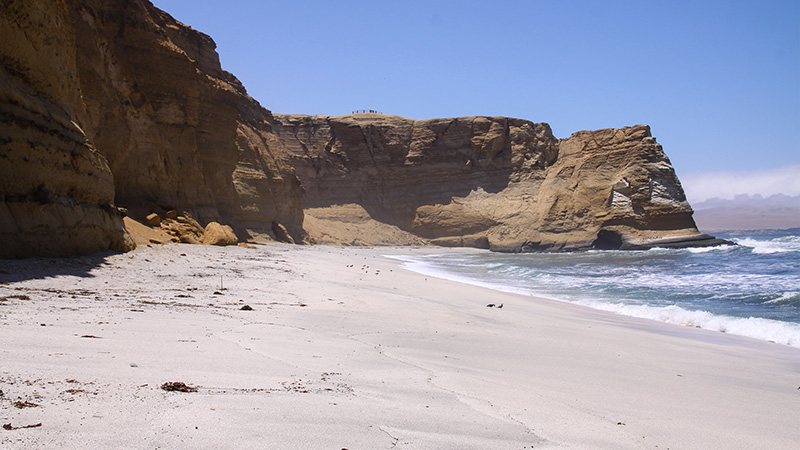 Ballestas Islands, Paracas
Ballestas Islands, Paracas
Dry Season
Between May and October, the weather in Peru is stable with low rainfall. Therefore, it is recommended that you bring a thin jacket, quick-drying shorts, long-sleeved tops and a bathing suit when traveling to Peru during the dry season. A thin jacket may come in handy on windy days. Quick-drying shorts are great for hiking, city sightseeing, and other activities in warm weather, while long-sleeved tops made of moisture-wicking material provide protection from the sun.
In addition to clothing, carrying a roomy daypack or backpack can make it easy to take the essentials with you. Don't forget to bring insect repellent to ward off unwanted guests. During the dry season, the air in Peru can be relatively dry, so it is advisable to bring a water bottle to keep yourself hydrated. Of course, no one can guarantee that it won't rain during the dry season, so a lightweight travel umbrella can be useful in case of emergencies.
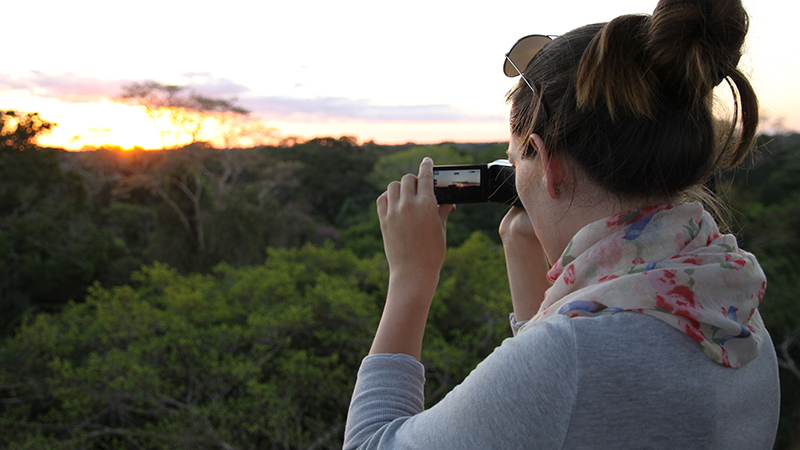 Long Sleeves and Sunglasses for Sun Protection
Long Sleeves and Sunglasses for Sun Protection
Hygiene Essentials for Camping
If you plan to go camping in Peru, don't forget to pack such hygiene essentials as biodegradable soap, hand sanitizer, toilet paper, toothbrushes, feminine hygiene products, and more. They are key to staying healthy and comfortable. When you have many essentials in your packing list, bring some compressible packing boxes that can maximize your luggage space.
Also, it is always recommended to bring environmentally friendly products like reusable water bottles and shopping bags that minimize your impact on the environment - after all, it's important to preserve the local environment.
Electronics to Bring
Power Adapter
You will probably need a voltage adapter in your packing list if you are from the Americas. This is because most devices in North and South America use 110 volts, while Peru uses 220 volts. In this case, a voltage adapter will allow you to charge and use your electronics when traveling in Peru conveniently.
SIM Card
A prepaid sim card is recommended in your packing list to connect to the internet when you land in Peru. For this reason, it is better for you to buy it online, usually by scanning the QR code after receiving your virtual sim card and then installing the data plan on your phone.
For reference, prepaid sim cards generally cost between 10 Peruvian soles ($2.70) and 20 Peruvian soles ($5.40).
Necessary Medications
Medication for Diarrhea
One medication you should bring with you is something to treat diarrhea. This is because your stomach might not used to the Peruvian spices and herbs. Also, before tasting local food, especially street food, take a look at the hygiene of the food stands.
Medication for Altitude Sickness
Medications like acetazolamide for altitude sickness need to be considered on your packing list, especially if you're preparing for a trip in the Andes - where drinking coca tea likely won't work.
After reading the above tips, have you already started planning your wonderful Peru trip in your head? Remember, careful consideration of what you need to pack can go a long way toward making your trip comfortable and convenient, so it's important to plan well in advance. So, get your packing ready and get going now!
Quick Question
Related Posts You May Like
What Our Clients Say
Explore the latest verified reviews of Odynovo's travel services on Tripadvisor, Google, Trustpilot, Product Review and more trusted platforms.
SUBSCRIBE TO WIN A FREE TOUR
Subscribe to our newsletter for a chance to win a free 7-day tour to India! And more insider travel news, exclusive offers, and inspiration will be sent straight to your inbox. Check our previous newsletters and get some sparks.


